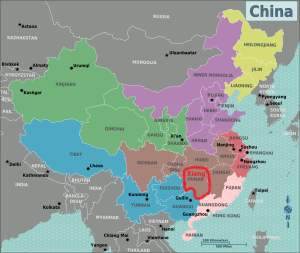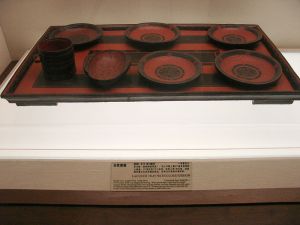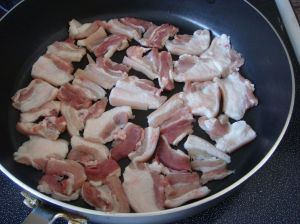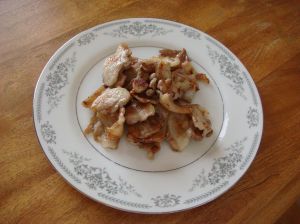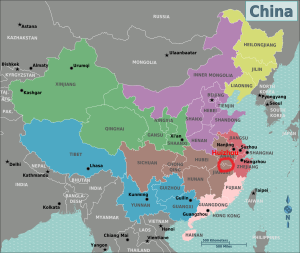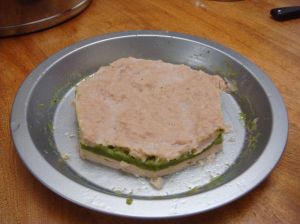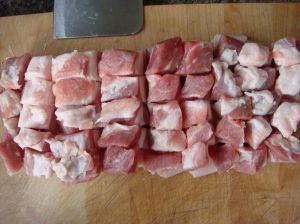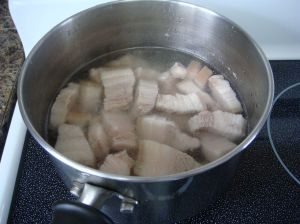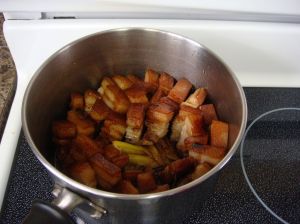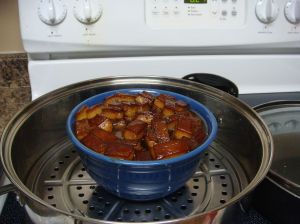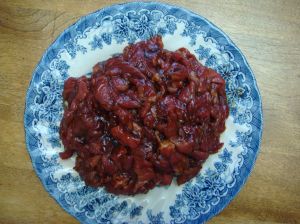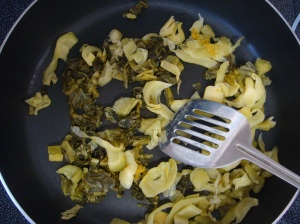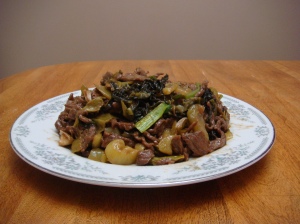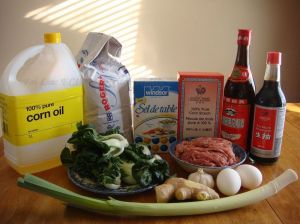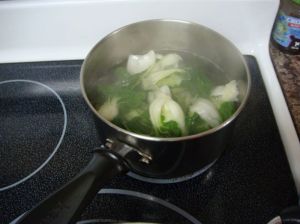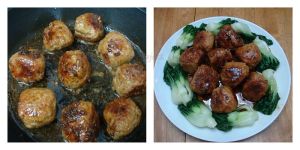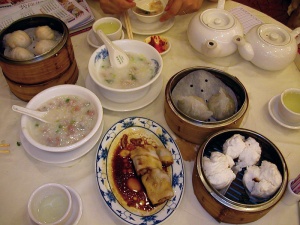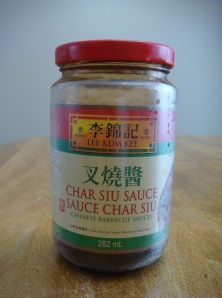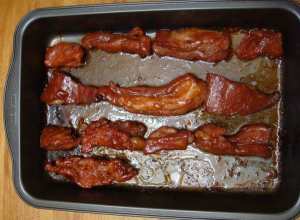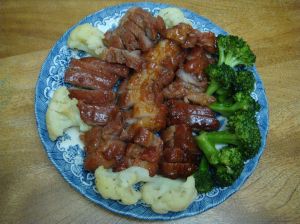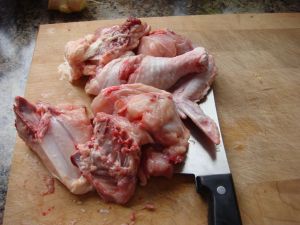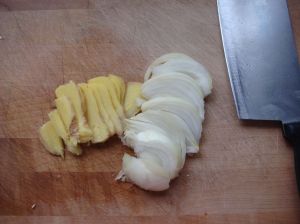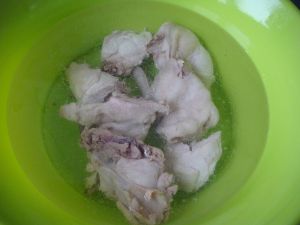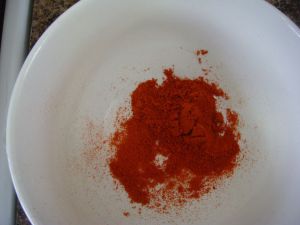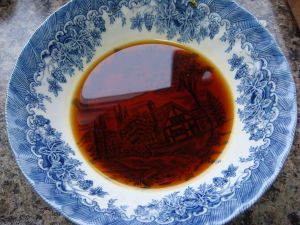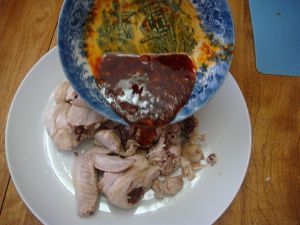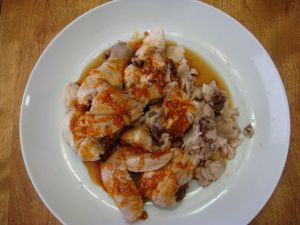My digital project is to introduce Chinese eight famous cuisines and practice one dish’s cooking for each cuisine. This is not only a digital teaching program but also a digital learning program for me, as I have found so many new things during this process.
First of all, the process of blogging itself made me learn a lot in how to use various technologies such as pictures, links and videos to explain a program clearly. Although adding links to every possible knowledge point is a hard job, I’m proud I didn’t be lazy to give up doing it. Furthermore, I’ve learned how to find and use properly licensed pictures in my blogs. This is a big achievement for me, as we never contacted the concept of copyright online in China before.
Each of my blog is divided into two parts: introduction to the cuisine’s history, local culture, and feature, plus my own practice for cooking one dish. The first challenge was the introduction part, as I had no more ideas except for knowing these eight names and taking them in resteraunts. I looked through all the resource I could search online and learned so much from those resources. More helpful, I greatly enjoyed the convenience of the connecting the knowledge in my blogs with useful sources outside instantly to help others learn quickly.
Trying to cook the dishes by myself was from the inspiration of “Makey Makey”. To be honest, I was not good at cooking at all. In China, I even often ate fast food during and after work for avoiding cooking. To cook these famous dishes is undoubtedly a great challenge for me, as I thought they were too complicated to be cooked at home. In the beginning I had made full preparation to show my unsuccessful work. However, the idea “making” always encouraged me to step out and try. It was not an easy process, as I needed to cook and take photos for every step. Even more, they were just the beginning. I need to choose idea pictures, edit their frames, sizes, and layout, and write detailed steps according to my practice. I was pleasant to find that I was doing better in every new blog. I could add make watermark and grid the pictures, from individual operation to batch operation, and my explaining capacity has been improved now. Everything asked me to learn step by step. I didn’t imagine how they cost my time before as I always thought they were easy to learn, but everything was different when I do by myself. Now I have a great feeling of achievement about my fast growth in technology through making and learning.
Through these blogs I’m glad that several people left comments to express they will try to cook these dishes according to my demonstration. In fact most Chinese recipes are very complicated to be followed and easily make people lose interests to learn them. That’s why I thought cooking these dishes were so difficult. However, digital resources were able to let me compare various recipes of the same dish in a short time. I usually chose the most essential steps in all the recipes, to summarize the simplest process. My practice tells me that the flavors of the dishes cooked by these essential processes are as good as the ones I tasted in Chinese restaurants. This is also a valuable learning experience for me, as we often face the problem that there are too much different sources for the same thing. It’s necessary to compare their common points and summarize the most reasonable points for us.
I think the most impressive experience for me in this digital project is sharing. I’m grateful that so many people have contributed lots of wonderful sources online. For example, when I’m trying to search for a typical food, place or culture I want to introduce in one cuisine, there are numerous pictures and videos I can use all the time. That’s amazing! Thanks those generous people who share their experience and memory with us strangers. Their sharing stimulates my learning and enhances my blog’s readability. Therefore, this project is also my learning diary from other people who support open education. After taking Sue’s extra session, I was hesitated about the ways of using my own pictures in blogging. In fact I have learned how to add watermark and I felt so proud of this new skill. However, Alec’s introduction on open education and the importance of sharing confirmed my resolution of sharing all my pictures to everyone without mark. After this class I will share them via Flickr.
In a word, this class is awesome for me to arm myself with more and more technology skills and constant passion to learn. I’m so pleasant to set up a network through this program with my classmates and instructor. Jason even invited me to join in his themed potluck party. After this class, I hope I could keep on communicating with everyone with question or any issue. Under the sunshine of open education, I will never stop learning.
